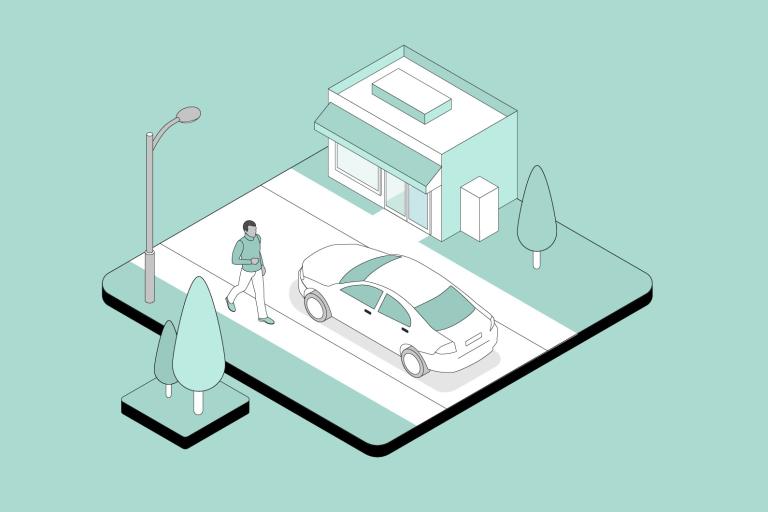Introduction to transport hubs
Transport hubs should be at the heart of local walking and cycling networks to allow easy connections with public transport.
Transport hubs allow people who are walking, wheeling or cycling to connect to rail, bus and tram services. They can also provide shared mobility schemes and form part of a park and ride site.
Transport hubs should include accessible toilets, places to change and lockers for secure storage. These should ideally be inexpensive or free and in locations where there is good natural or active surveillance.
Drop-off points and blue badge parking should be provided with level access to a clearly signed entrance.
Cycle hubs
Cycle hubs are generally the most appropriate form of cycle parking at public transport stations. A cycle hub provides cycle parking indoors alongside other facilities such as maintenance, cycle hire, lockers and changing facilities.
Cycle parking should be provided at smaller, unstaffed railway stations or trams stops. Bus stops in rural or urban fringe areas should offer cycle parking, where the bus route may be located further from homes or workplaces. In these locations, cycle parking should be located where there is a high level of natural surveillance but should also be covered by CCTV.




